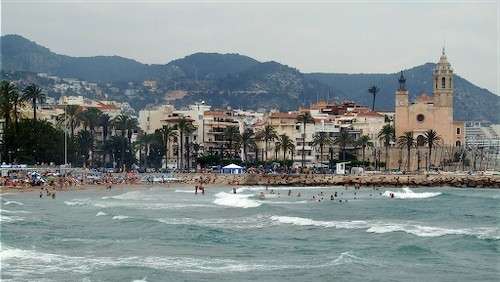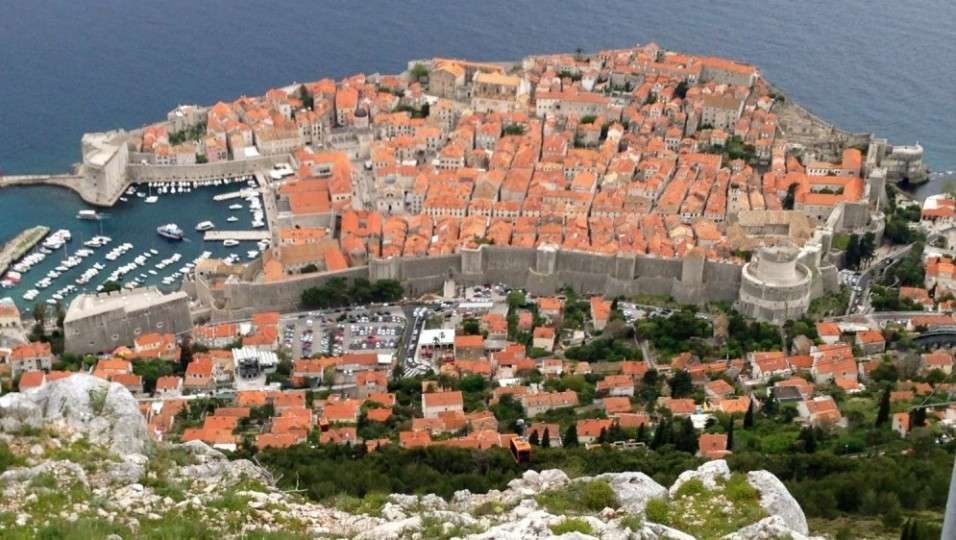Venice Venezia Venexia
Venice and its lagoon are a UNESCO World Heritage site used to be an independent republic and remain one of Italy‘s most important cities. This sanctuary on a lagoon is virtually the same as it was six hundred years ago.
Venice, the world’s only pedestrian city, is easily walkable, and the absence of cars makes this a particularly pleasant experience. The Rialtine islands – the ‘main’ part of Venice – are small enough to walk from one end to the other in about an hour.
The municipality (comune) of Venice is made up of numerous islands in the Venetian Lagoon as well as a stretch of the mainland (terraferma) in northern Italy. The commune is divided into six boroughs, the most famous of which comprises the historic city of Venice as well as the islands of Giudecca, Murano, Burano, Torcello, Mazzorbo, and Sant’Erasmo. Lido and Mestre are other popular areas of the commune. The historic city itself is divided into six sestieri (districts): Cannaregio, Castello, Dorsoduro, San Polo, Santa Croce, and San Marco, where the main monuments and sights are located.
The Most Serene Republic of Venice dates back to 827 when a Byzantine Duke moved its seat to what is now known as the Rialto, and for the following 970 years, it prospered on trade (especially from the Silk Road) and under the rule of a Roman-style Senate headed by the Doge. Eventually, the Republic of Venice grew into a powerful city-state and the cradle of the Italian renaissance. In the late 15th century, the Ottoman Empire’s expansion around the Mediterranean, new routes on the high seas shifted commerce to the Atlantic, demoting Venice‘s political status.
The city remained a centre for the arts until today. One of the significant events in the history of Venice was the opening of the first public opera house in 1637, which allowed members of the general public (those who could afford to pay for the tickets) to enjoy what was once court entertainment reserved for the aristocracy, thus allowing the genre of opera to flourish.
Venice was an important destination of the Grand Tour from the 17th century. In 1797, the city was conquered by Napoleon, a blow from which it never recovered. The city was soon merged into Austria–Hungary, then ping-ponged back and forth between Austria and a nascent Italy, but Venice is still a monument to the glory days of the Renaissance, and historical culture still throbs powerfully in the old Italians’ veins.
The vaporetti are generally the best way to get around. as well as on foot If you want to have a romantic ride along the canals, take a gondola ride, although they tend to exist for more scenic purposes, rather than getting people from point A to point B, unless you are willing to pay the price to get there.
Venice Venezia Venexia – see

Basilica di San Marco
Saint Mark’s Basilica is on the Piazza San Marco and is one of the highlights of a visit to Venice. As with most churches in Italy, you must be dressed appropriately to be allowed in; this means no short skirts or bare shoulders. You are not allowed to carry large bags or rucksacks inside, sometimes even small daypacks may need to be deposited. Storage is available just around the corner from the main entrance (free of charge). Filming and photography are forbidden so be prepared in advance. The visit within the basilica lasts ten minutes. Waiting for entry into the basilica can last up to five or so hours and it may be wise to use a ticket service to reserve your visit (reservation costs €2, official tickets at venetoinside.com).
Doge’s Palace (Palazzo Ducale)
Discover the part of the palace where the city’s administration worked, as well as Casanova’s jail and the five-hundred-year-old roof structure.
The Doge’s Palace is a palace built in Venetian Gothic style, and one of the main landmarks of the city of Venice in northern Italy. The palace was the residence of the Doge of Venice, the supreme authority of the former Republic of Venice, opening as a museum in 1923.
San Giacomo di Rialto
This church is possibly the oldest church in Venice built around 421. It is most recognised for its 15th-century clock above the entrance of the church. It is also recognised for the red pillars and beautiful gold accents around the church itself.
Bell tower of St. Mark
The current tower dates from 1912; an exact replica of the previous tower which collapsed in 1902. The top of the tower offers great views of Venice and the lagoon.
Clock tower
(Torre dell’Orologio)
Having been closed for restoration for many years, the restored astronomical clock is now visible. The fascinating tour of the clock mechanism (and rooftop bell) can only be visited on a guided tour.
Rialto Bridge
(Ponte di Rialto)
San Polo and San Marco across Canal Grande. The bridge has become one of Venice’s most recognisable icons and has a history that spans over 800 years. Today’s Rialto Bridge was completed in 1591 and was used to replace a wooden bridge that collapsed in 1524.
Scuola Grande di San Rocco
A masterpiece of Tintoretto, this guild house is an exquisite example of Mannerist art at its best. In order to allow a comfortable admiration of the detailed ceiling, mirrors are offered to the visitors. Cycles of allegories, life and passion of Christ, scenes from the Old and New Testament.
Jewish Ghetto of Venice
(Ghetto Ebraico di Venezia)
The Venetian Ghetto was instituted on 29 March 1516 and is the oldest Jewish ghetto in the world. The Venetian Ghetto was the area of Venice in which Jews were compelled to live by the government of the Venetian Republic. The English word “ghetto” is derived from the Jewish ghetto in Venice.
Venice‘s ghetto was the first “ghetto” (coming from a Venetian word for the Iron Foundry that was on the site previously) and “ghetto” eventually came to mean any neighbourhood that was made up of a single ethnic/racial group.
Unless you have the time here, it is unlikely to see and do everything, as lines and crowds during the day can feel like a theme park as well as the expense of just being here.






